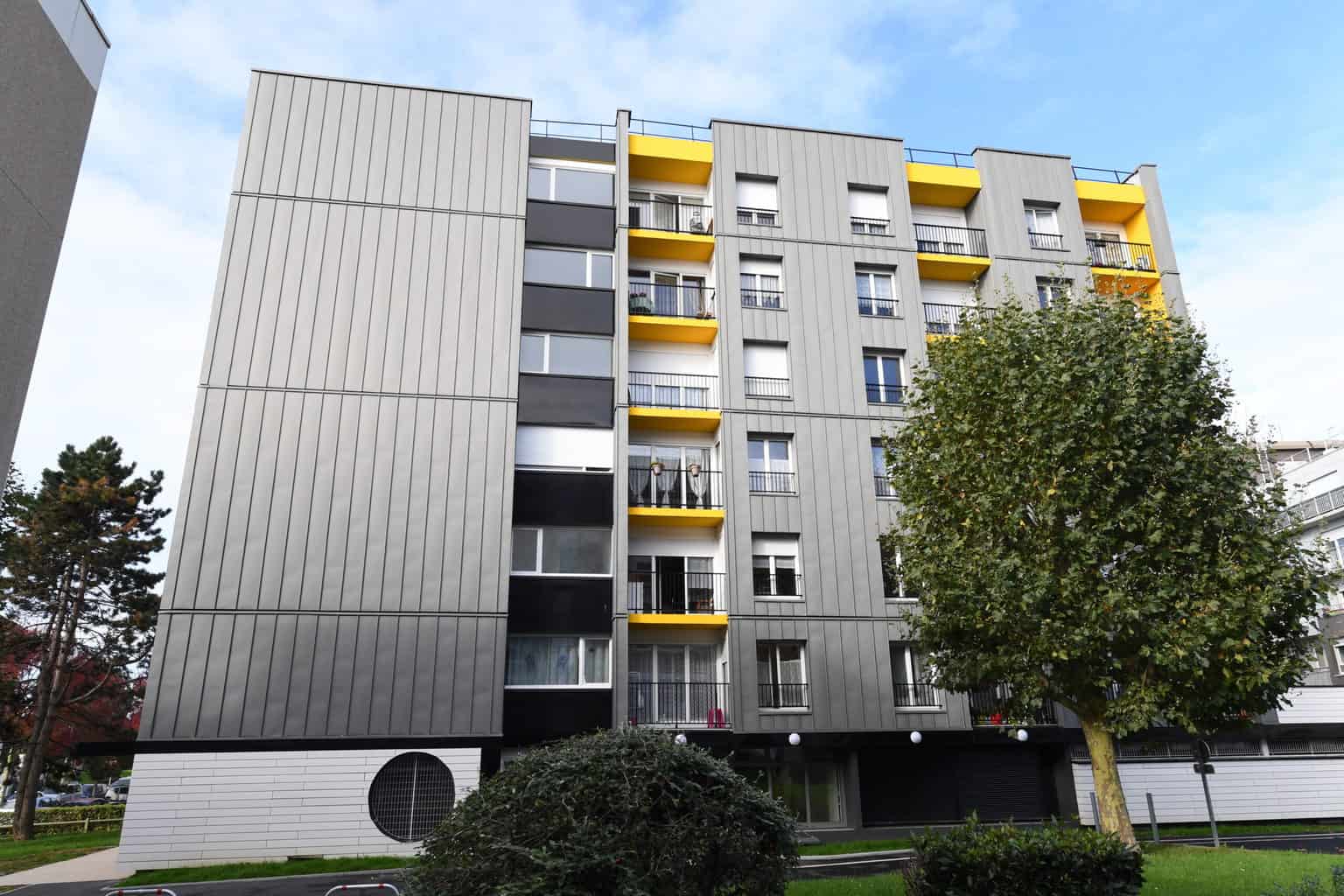
How is regeneration a viable long-term solution?
5 minutes of reading
Regeneration is on the rise, in particular in the context of social housing. All over France, priority neighbourhoods are being revamped. The goal is to provide more comfort to inhabitants while reducing the energy consumption of their homes. This reduction has been challenged by the France Relance plan. The plan requires that social housing reach at least class D in the Energy Performance Diagnosis (DPE, acronym in French) and be awarded at least two labels. With new environmental challenges and new expectations from inhabitants today, the link between regeneration, energy saving and comfort has never been this clear… And not just for social housing!

As part of the France Relance plan, 40,000 social housing units must be regenerated over the next two years, including at least 20,000 this year. Is this a major challenge? Yes and no. Contrary to popular belief, social landlords are accustomed to energy renovation. As proof, over 40% of social housing have an A, B or C energy label and are among the most energy efficient houses, compared to 14% of all primary residences in France. The problem child is not what is commonly believed… So why impose very short-term regeneration on social housing?
In France, social housing accounts for 5.3 million homes. The problem is that over a third of social housing units were built before 1970 and another third before 1990. By pursuing the regeneration of their housing, social landlords are both responding to current and future environmental issues while at the same time realigning these dwellings with demand, the households occupying them, their increasingly low incomes, and lifestyles, which have changed considerably over the course of the last decades.
Regeneration: a good opportunity to (also) breathe new life into French heritage
Social housing units are not the only buildings to enjoy the energy- and comfort-related benefits of regeneration. Five years ago already, Bouygues Bâtiment Île-de-France gave a new use to the Lourcine Barracks in the 13th arrondissement of Paris. After a detailed transformation, this former military site built in 1875 became a university facility. The outcome is a skilful blend of old and new, allowing students and lecturers to follow in the footsteps and history of the site. This example shows that in the case of education, regeneration is an opportunity to develop a new way of designing, creating and using educational spaces adapted to digital learning, open to the world and with a low carbon footprint.Transform the use of some buildings to respond to current and future challenges
Whatever the sector, regeneration has the undeniable advantage of giving a new meaning to what exists already; improving and modernising a building to allow it to be re-used, or simply to make better use for it. In both cases, by combining regeneration with a principle of circular economy and reuse of materials, efficient waste management and a selection of environmentally-friendly or even recycled products, regeneration may well make a difference in years to come! How? By responding: • to environmental challenges (reducing the carbon impact of dwellings, adapting to climate change, reducing construction waste and depletion of the planet’s natural resources regeneration implies the re-use of part of the existing materials); • to the needs of an ageing population (one out of four people will be 65 or more in 2040); • to a shortage of housing linked to the drop in new constructions, the fight against soil artificialisation and against the densification of urban areas.More reading
Read also




What lies ahead? 7 megatrends and their influence on construction, real estate and urban development
Article
20 minutes of reading

